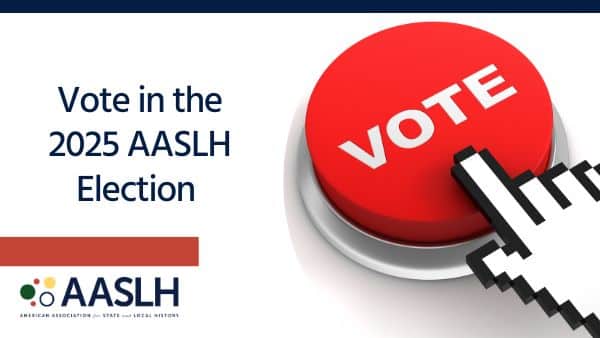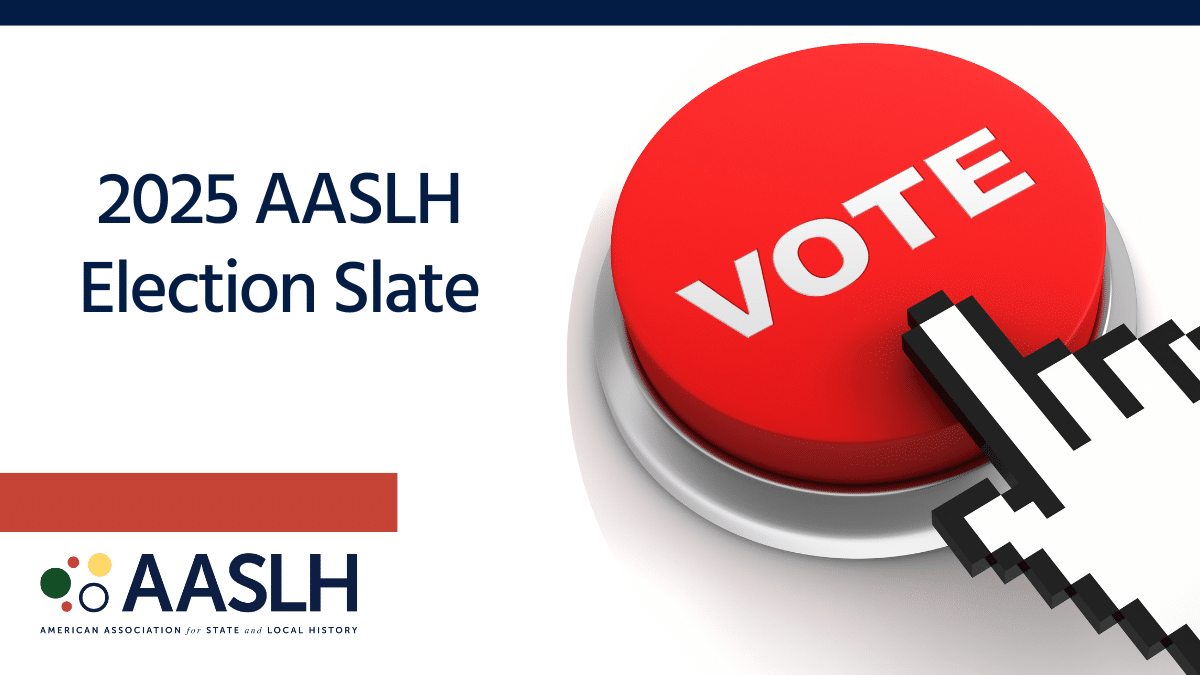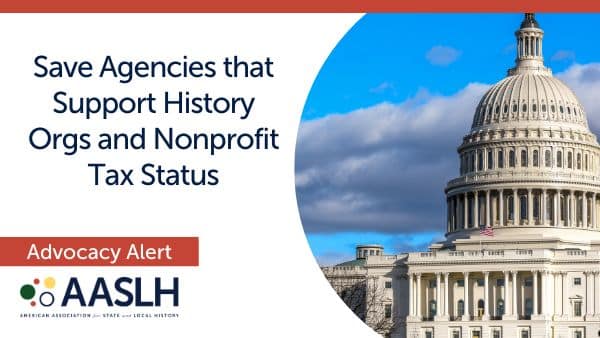This spring, a class of public history graduate students at West Virginia University had the opportunity to participate in AASLH’s Standards and Excellence Program for History Organizations (StEPs), a self-study standards program designed specifically for small- to mid-sized history organizations. The project was a collaboration between Dr. Melissa Bingmann, Director of Public History, and the Royce J. and Caroline B. Watts Museum. The goal of the project was for students in Dr. Bingmann’s Historical Administration class to gain hands-on professional development while assisting a small museum with a self-assessment.
The Watts Museum, located on WVU’s campus, is dedicated to preserving and promoting the social, cultural, and technological history of West Virginia’s coal and petroleum industries through the collection, preservation, research, and exhibition of historical objects and archival materials. It is a small museum with two full-time staff positions. Danielle Petrak, Curator, and Eliza Newland, Collections and Program Manager, have their plates full with planning and implementing changing exhibitions, statewide traveling exhibitions, and numerous programs. However, they recognize the importance of self-assessment and have set aside time to use StEPs to improve their organization. Petrak reflected on the work they have completed so far in coordination with graduate students:
The StEPs program helped us gain a better grasp on where the Watts Museum’s strengths and weaknesses lie. It gave us a push to make improvements to our practices that did not take much time or effort, but that were hugely important to our museum’s operation and made a big impact towards bringing us more in line with professional standards. Our participation in StEPs made us aware of standards we may have been overlooking or did not take the time to implement, and it gave us an incentive to deal with them now, rather than later. It also helped prepare us for our strategic planning process, which we will be tackling this summer.
The Watts Museum staff will use the work completed by the class this semester as they finalize the program’s required worksheets and application forms. They hope to be the first organization in West Virginia to earn StEPs certificates. StEPs is designed to assess where an organization currently stands and provide an incremental, achievable path towards meeting national standards. The self-assessment being completed by the Watts Museum is a great model for other small history organizations in West Virginia. Their collaboration with graduate students to increase the manpower of a small staff is a great model for all small history organizations.
To complete the class assignment, students were paired up into teams of two. Each team was assigned one of the six sections in the StEPs workbook (with the exception of Stewardship of Historic Structures & Landscapes that was not applicable). Students were also given access to the StEPs online community.
Students used the standards and performance indicators in their sections to assess the Watts Museums’ current policies and practices as Basic, Good, or Better. Each group met with the staff at the Watts Museum to discuss the ways they were or were not meeting benchmarks. They were also given access to all applicable documents as well as the museum’s current exhibition and collections. Students then reviewed their notes and documents before finalizing the check-off worksheets in each team’s section. They gave these worksheets with detailed notes to the Watts Museum for them to use in completing their self-assessment and applying for certificates at the Bronze, Silver, or Gold level.
Here is what several of the students had to say about their experience with StEPs this semester:
StEPs provides a great hands-on learning opportunity for students in public history. It was insightful to apply what we learned in the classroom about achieving professional standards. The evaluation questions allowed me to think critically about a small museum’s day-to-day and long-term operations. Through this process, I was able to imagine how I, as a museum professional, would address specific challenges and integrate self-improvement into my work. Additionally, the collaborative relationship between the History Department and Watts Museum made for easy and open conversations, where both student and museum staff could benefit. -Pam Curtin
Even though I’m not an ‘insider’ with the Watts Museum, working on their StEPs program has helped me understand more fully the expectations that today’s museums and museum professionals should meet. Working closely on the Audience portion of the program has also helped me formulate new professional expectations for myself and the work that I do in the future. I am more conscious of the need to identify and understand any audience I will serve. -Nora Sutton
I think doing StEPs with an actual historical institution really enhanced my learning and understanding of the entire process of evaluating a museum. We were able to discuss sections with staff who gave honest feedback and they were able to provide us with documentation that they have created in order to self-evaluate, promote, and plan for the museum. I think doing this in theory would be much more difficult than working with a institution. Both students and institution benefit. -Chelsea Elliott
This unique collaboration gave the Watts Museum the opportunity to discuss their performance with “outsiders” likely leading to a more realistic picture of where their organization currently is and where they want to concentrate their efforts for improvement. They also benefitted as a small organization from the additional manpower. In addition, it gave the students an opportunity to see deeply into a real organization in a short amount of time, as well as complete a museum assessment team project that bolsters their desirability with future employers.





